How important is provenance
rusty_blackhaw
10 years ago
Related Stories

Sales Secrets for Interior Designers
Pro to pro: Learn 3 proven techniques to please clients and increase revenues, developed by a designer with 40 years of success
Full Story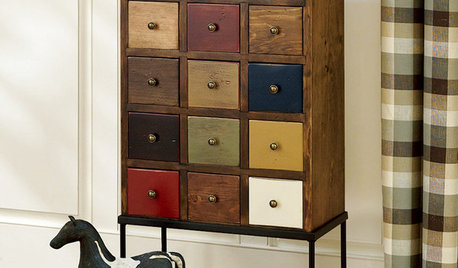
STORAGEGlobal Icons: The Apothecary Chest
With an ancient provenance and modern usefulness, apothecary chests let you divide and conquer storage and style
Full Story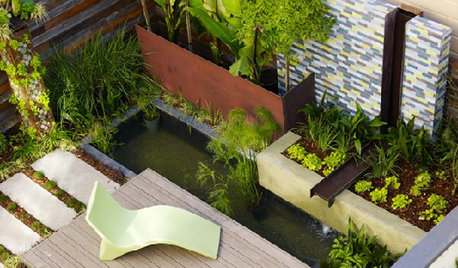
GARDENING AND LANDSCAPINGGive Your Small Garden Some Room
Make your small garden feel more like a room in your home with these time-proven ideas for landscape design
Full Story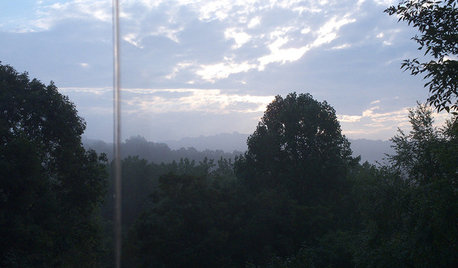
ARCHITECTURE4 Things a Hurricane Teaches You About Good Design
When the power goes out, a home's design can be as important as packaged food and a hand-crank radio. See how from a firsthand account
Full Story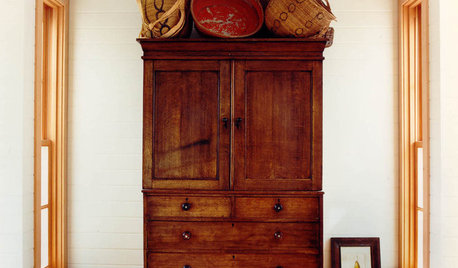
DECORATING GUIDESA Beginner's Mini Guide to Buying Antiques
Experience the thrill of the hunt without ignorance ruining the spoils, with this guide to antiquing for novice buyers
Full Story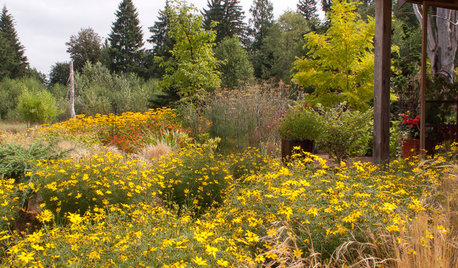
FLOWERSGreat Design Plant: Zagreb Tickseed Takes Care of Itself (Almost)
Get colorful drama along with deer resistance, drought tolerance and low maintenance — plus a butterfly or two
Full Story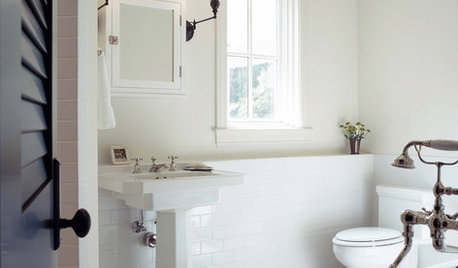
BATHROOM DESIGNSubway Tile Wainscoting Puts Bathrooms on the Right Track
It repels water. It looks clean. It works with many architectural styles. Looks like bathrooms have a ticket to a no-brainer
Full Story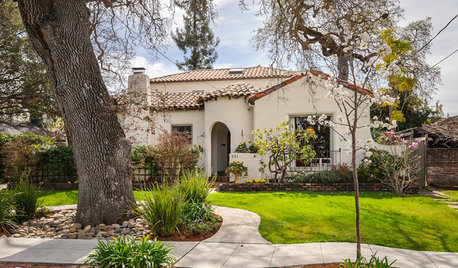
ARCHITECTURERoots of Style: Spanish Eclectic Homes Find a Place in the Sun
Flexible stucco, intricate tiles and more have kept this multicultural style going strong for a century
Full Story
DECORATING GUIDESCalifornia Law: License to Practice Interior Design?
A proposed bill that would require a license to practice interior design in California has Houzzers talking. Where do you stand?
Full Story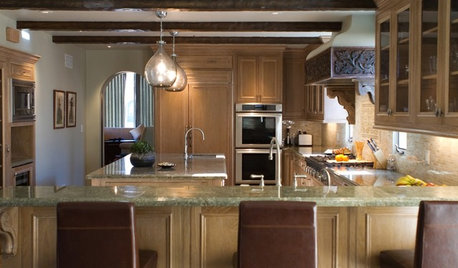
KITCHEN DESIGNHouzzers Say: Top Dream Kitchen Must-Haves
Tricked-out cabinets, clean countertops and convenience top the list
Full StoryMore Discussions









woodyoak zone 5 southern Ont., Canada
linlily
Related Professionals
Bellflower Landscape Architects & Landscape Designers · Hyattsville Landscape Architects & Landscape Designers · Panama City Landscape Architects & Landscape Designers · Prairie Ridge Landscape Architects & Landscape Designers · Waunakee Landscape Architects & Landscape Designers · Wheeling Landscape Architects & Landscape Designers · Bedford Heights Landscape Contractors · Canby Landscape Contractors · Canton Landscape Contractors · Lees Summit Landscape Contractors · Mastic Beach Landscape Contractors · Oakland Landscape Contractors · Ridgewood Landscape Contractors · Rockwall Landscape Contractors · South Hackensack Landscape Contractorsjadeite
christinmk z5b eastern WA
gyr_falcon
sunnyborders
katob Z6ish, NE Pa